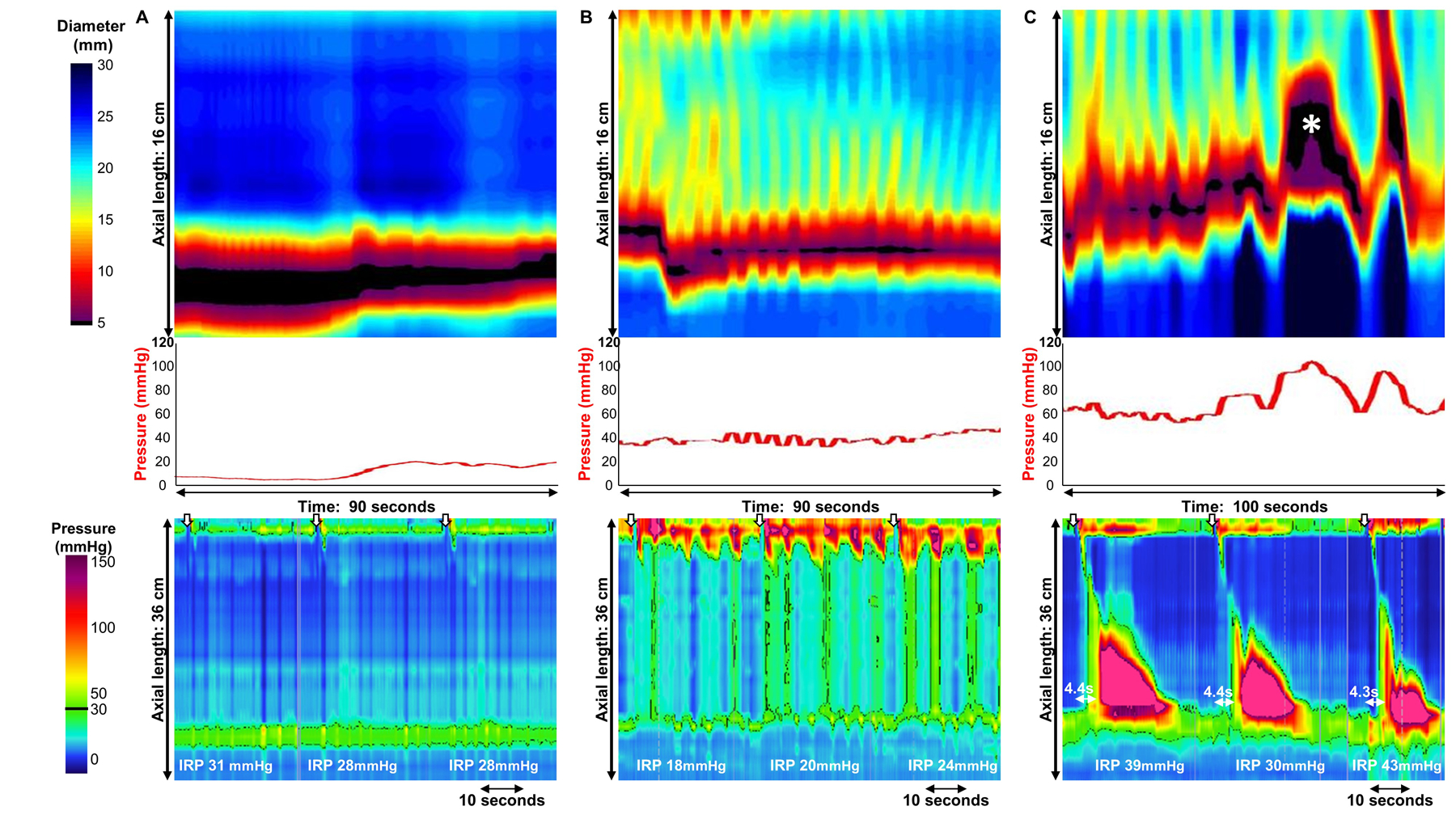Figure 3. Examples of achalasia subtypes predicted by FLIP panometry.

FLIP panometry (top) and high-resolution manometry (HRM; bottom); supine water swallows on HRM indicated by white arrows. A) FLIP panometry demonstrated an intra-balloon pressure < 34 mmHg and an absent contractile response predictive of type I achalasia as seen on HRM B) FLIP panometry demonstrated an intra-balloon pressure > 34mmHg (median pressure value of 40mmHg) and contractility with both antegrade and retrograde contractions. But without occluding contractions, repetitive retrograde contractions, nor sustained occluding contraction (SOC). Type II achalasia was thus predicted based on FLIP panometry and observed on HRM. C) Contractility was observed on FLIP panometry that included a SOC (white asterisk); intra-balloon pressure was also >48 mmHg. Type III achalasia was thus predicted based on FLIP panometry and observed on HRM. Figure used with permission from the Esophageal Center at Northwestern.
